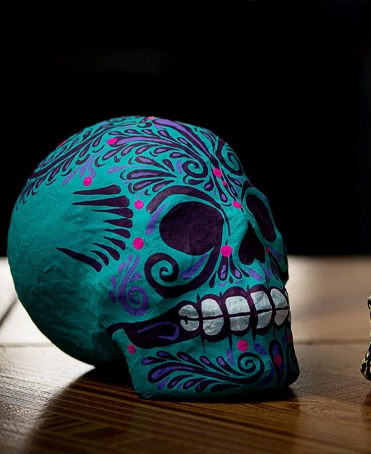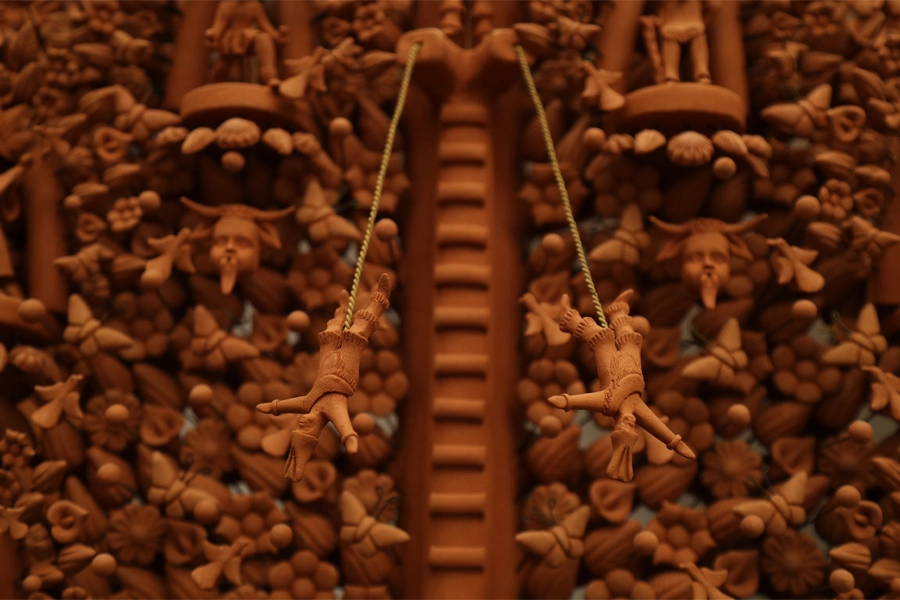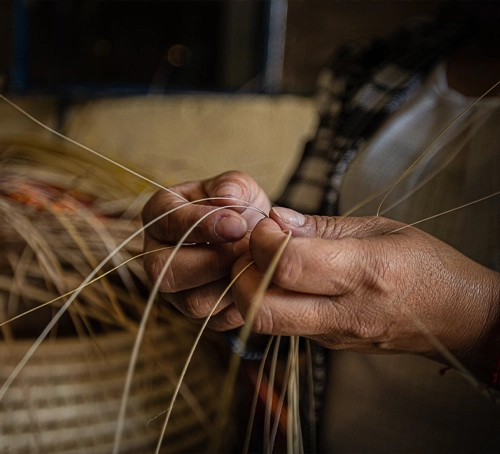Mexican handicrafts are a reference to our history, customs, and traditions. That over time have shaped the cultural heritage of the State of Mexico. Since they involve knowledge, wisdom, and skills, which translate into symbolic languages and aesthetic proposals that give us roots and identity.
Our ancestors used craftsmanship as utilitarian objects for their life. In with they dressed, ate, and performed tasks, over the years, its production evolved new cultures and techniques. In this context Mexican handicrafts have evolved and become one of the most important nationally. With iconic pieces such as the “árboles de la vida” (trees of life) made of clay in Metepec. And the rebozo (shawl) made in Tenancingo.
The diversity of materials, traditions, worldviews, and techniques with which the crafts are made divide them into craft branches. In order to identify and classify them in a better way. The State of Mexico currently has 13 branches:
- Pottery and ceramics
- Textiles,
- Cardboard and paper,
- Pottery,
- Vegetable fibers,
- Bone and horn,
- Lapidary and quarry,
- Wood, metalwork,
- Goldsmithing and jewelry,
- Saddlery,
- Glass,
- And gastronomy.
The mexican handicraft branches vary in terms of the number of executors and techniques. Some are more popular than others, but all have a unique and unrepeatable elaboration. Either handmade or by semi-industrialized processes, and also contains an important cultural load and are mostly made with raw materials extracted from nature.



Pottery Mexican Handicrafts
Due aforementioned, we will highlight some examples of the most iconic artisan branches of mexican handicraft in our state. Such as pottery and ceramics which is the art of making objects through clay or ceramic, hardened by firing; there are several techniques to work it. Such as natural clay, polyachrome clay, high-temperature ceramics, among others. The pieces can be: “árboles de la vida”, pots, dishes, nativity scenes, etc. Being articles of daily or decorative use and the municipalities that stand out in its elaboration are: Metepec, Ixtapan de la Sal, Valle de Bravo, Texcoco, and Almoloya de Juárez.
Textile Mexican Handicrafts
Another artisan branch that stands out for its beauty and technique is the textile, being the branch that is most practiced in our state and that consists of the interweaving of fibers of 4 origins: vegetable, animal, mineral, and synthetic, having sub-branches: embroidery, frayed, stitched, traditional clothing, wool in frame, wool and cotton in a pedal loom, waist or otate, and tapestries and rugs. The municipalities that stand out in their execution are Ixtlahuaca, Villa de Allende, Zumpahuacán, Tenancingo, Tianguistenco, Chiconcuac, Temoaya, Xonacatlán, and San Felipe del Progreso.
Cardboard Mexican Handicrafts
A branch that stands out for its creativity, colors, and shapes is the cardboard industry, which uses paper, paste, and sometimes wire to make “piñatas” and traditional decorative figures such as masks, alebrijes, saints, and dolls, as well as “papel picado”. This branch of craftsmanship has greater presence in the municipalities of Acolman, Metepec, Toluca, Huixquilucan, Morelos, Nezahualcóyotl, and Otumba.

Vegetable Fibers in Mexican Handicrafts
Vegetable fibers are a branch that consists of the interweaving of filaments of biological origin. They find the materials in the bush, lagoons, and pastures, among others. It has the purpose of create utensils for daily and decorative use such as hats, baskets, fruit bowls, rugs, bags, etc. These articles handicrafts mainly belong to municipalities of Jiquipilco, Temascalcingo, Tenancingo, Toluca, Donato Guerra, Valle de Bravo, El Oro, Zumpahuacán, and Amanalco.


As the last example, we will mention artisan gastronomy. You can find them in all of our state and consists of the elaboration of typical dishes that bring together farming, livestock, culinary techniques, utensils, customs, and practical knowledge from generation to generation. Highlighting: handmade preserves, ice cream, and traditional bread, traditional sweets, liquors, and distilled beverages. The municipalities of El Oro, Teotihuacán, San Martín de las Pirámides, Malinalco, Tejupilco, Toluca, Tonatico, Ixtapan de la Sal, Metepec, Tenango del Valle, and Sultepec stand out.



